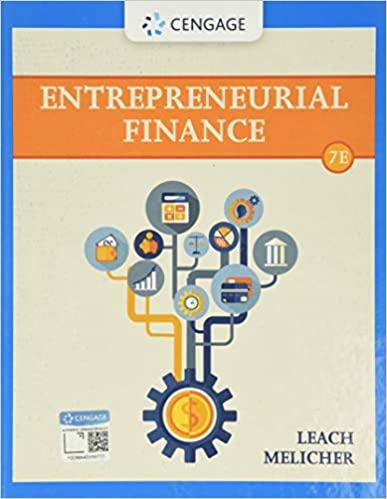Question
Mortgages, loans taken to purchase a property, involve regular payments at fixed intervals and are treated as reverse annuities. Mortgages are the reverse of annuities,
Mortgages, loans taken to purchase a property, involve regular payments at fixed intervals and are treated as reverse annuities. Mortgages are the reverse of annuities, because you get a lump-sum amount as a loan in the beginning, and then you make monthly payments to the lender.
Youve decided to buy a house that is valued at $1 million. You have $200,000 to use as a down payment on the house, and want to take out a mortgage for the remainder of the purchase price. Your bank has approved your $800,000 mortgage, and is offering a standard 30-year mortgage at a 9% fixed nominal interest rate (called the loans annual percentage rate or APR). Under this loan proposal, your mortgage payment will be __________ per month. (Note: Round the final value of any interest rate used to four decimal places.)
Your friends suggest that you take a 15-year mortgage, because a 30-year mortgage is too long and you will pay a lot of money on interest. If your bank approves a 15-year, $800,000 loan at a fixed nominal interest rate of 9% (APR), then the difference in the monthly payment of the 15-year mortgage and 30-year mortgage will be_________ ?(Note: Round the final value of any interest rate used to four decimal places. )
It is likely that you wont like the prospect of paying more money each month, but if you do take out a 15-year mortgage, you will make far fewer payments and will pay a lot less in interest. How much more total interest will you pay over the life of the loan if you take out a 30-year mortgage instead of a 15-year mortgage?
a. $1,182,341.77
b. $856,769.40
c. $1,096,664.83
d. $1,010,987.89
Which of the following statements is not true about mortgages?
a. Mortgages are examples of amortized loans.
b. If the payment is less than the interest due, the ending balance of the loan will decrease.
c. The ending balance of an amortized loan contract will be zero.
d. Every payment made toward an amortized loan consists of two partsinterest and repayment of principal.
Step by Step Solution
There are 3 Steps involved in it
Step: 1

Get Instant Access to Expert-Tailored Solutions
See step-by-step solutions with expert insights and AI powered tools for academic success
Step: 2

Step: 3

Ace Your Homework with AI
Get the answers you need in no time with our AI-driven, step-by-step assistance
Get Started


